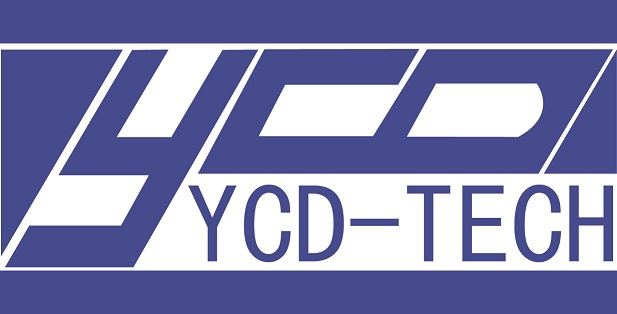As we all know, the automobile gearbox can be divided into automatic transmission and manual transmission. But not all people can tell exactly what kind of automatic transmissions they are and how different kinds of automatic transmissions differ.
Next, let's take a deep look at the operating principles of the three automatic transmissions, AT, CVT, and DSG.
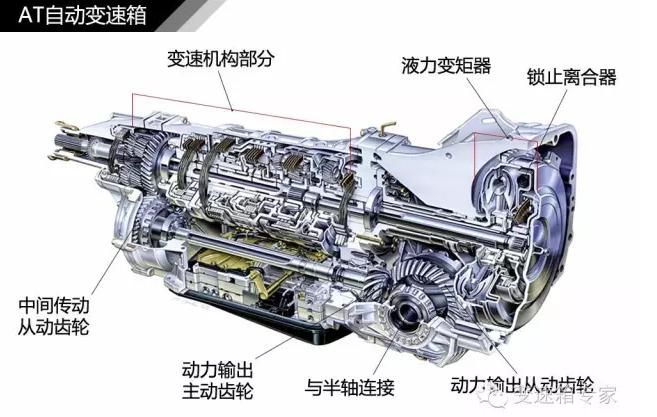
The structure and working principle of AT automatic transmission
Now automatic transmission is generally hydraulic torque converter type automatic transmission, which is commonly known as "AT" automatic transmission.
It mainly consists of two parts: 1 、 hydraulic torque converter connected with engine flywheel. 2, followed by hydraulic torque converter in the rear of the transmission.
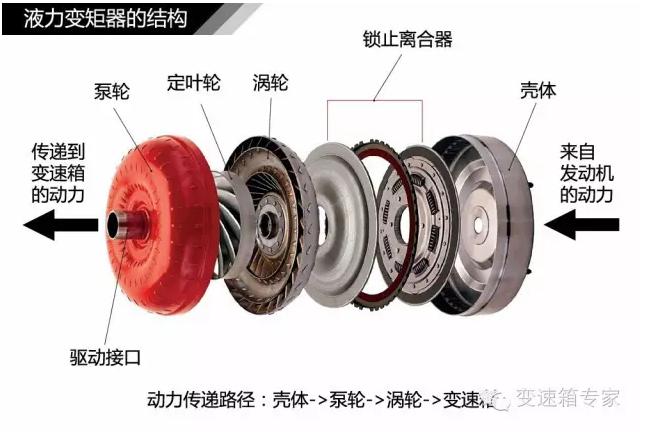
Hydraulic torque converter is usually composed of pump wheel, fixed impeller, turbine and lock clutch.
The locking clutch acts as a locking clutch to connect the engine to the transmission when the speed is greater than a certain speed, thus reducing fuel consumption.
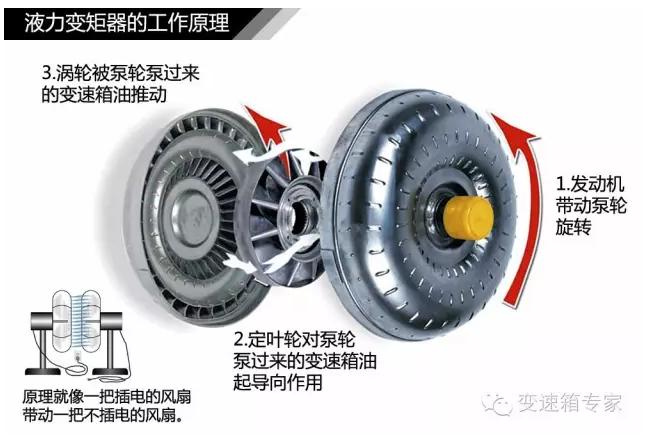
The torque converter acts as a means of transmitting the power output of the engine to the transmission mechanism. It is full of drive oil. When the pump wheel is connected with the power input shaft, it will drive the turbine connected with the output shaft through the transmission oil, thus transmitting the power of the engine.
The principle is like a plug-in fan that drives the blades of an unplugged fan.
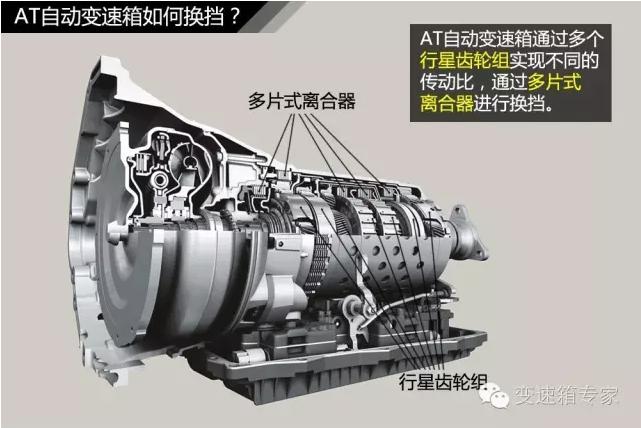
AT automatic transmission, each gear is controlled by a set of clutch, so as to realize the variable speed function.
Now the AT automatic transmission uses solenoid valves to control the clutch, making the system simpler and more reliable. The transmission gear of the AT automatic transmission is not the same as the drive gear of the manual transmission. The AT automatic gearbox uses a planetary gear set to achieve torque conversion.
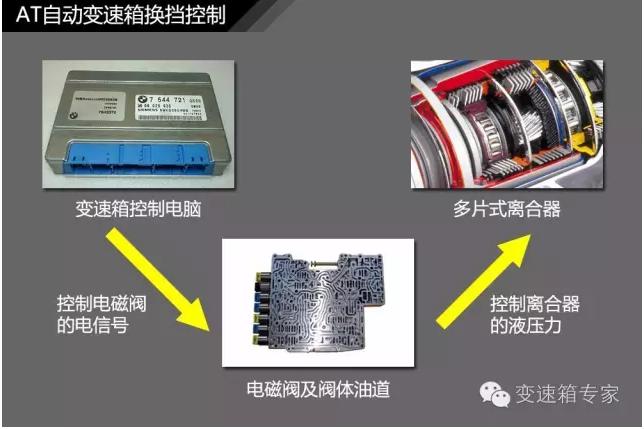
AT自动变速箱的换挡控制方式图
变速箱控制电脑通过电信号控制电磁阀的动作,从而改变变速箱油在阀体油道的走向。当作用在多片式离合片上的油压达到致动压力时,多片式离合片接合从而促使相应的行星齿轮组输出动力。
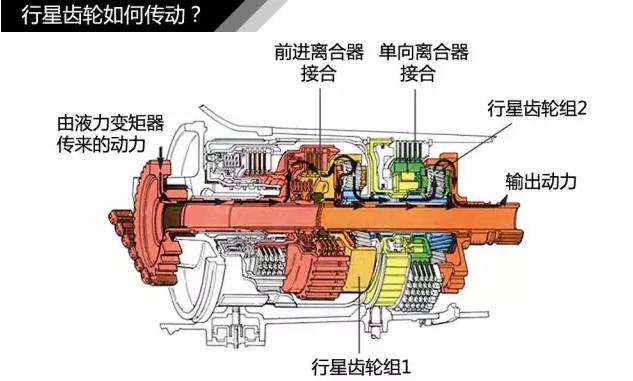
The planetary gear set comprises a planet frame, a gear ring and a solar wheel. When one of the three parts mentioned above is fixed, the power is passed between the other two parts.
The structure and working principle of CVT automatic transmission
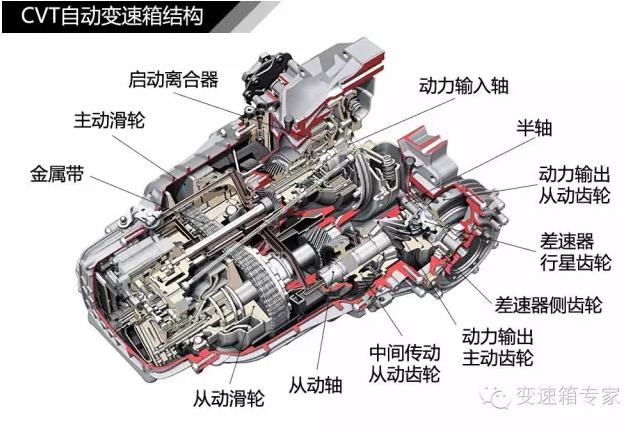
The main components of the CVT CVT are two pulleys and a metal band, and the metal strap is attached to the two pulleys.
The pulley is composed of two blocks of disk, the two groove of the middle wheel disc to form a V shape, one side of the wheel by the hydraulic control mechanism can control, depending on the engine speed, the action from closer, V groove becomes wider or narrower, the metal band is increased or decreased, thereby changing the metal contact belt and pulley diameter, the equivalent switch gear in different diameter gear.
The two pulleys are in reverse regulation, i.e., when one of the pulley grooves is gradually widened, another pulley groove will gradually narrow, thereby rapidly increasing the change of the transmission ratio.
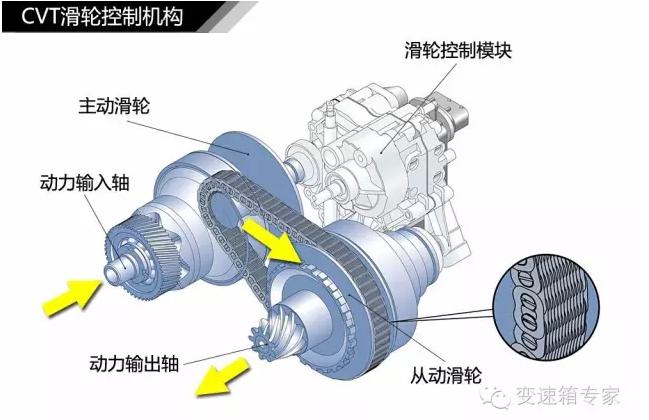
For example: when the car at slow speeds, the width of the groove can make the driving pulley is greater than the passive driving pulley pulley groove, metal belt circumference radius is smaller than the metal belt pulley is a small circle with a radius of a circle, therefore, can transfer large torque; when the vehicle is turning into a high speed, while the wheel driving pulley inward. The width of the groove is smaller force metal band rises until the maximum top, while the opposite wheel pulley, moving outward widening the width of the groove metal band down force, the radius of a circle of metal belt drive pulley is greater than the radius of a circle of metal belt pulley, a circle with small, so as to ensure the car at high speed speed.
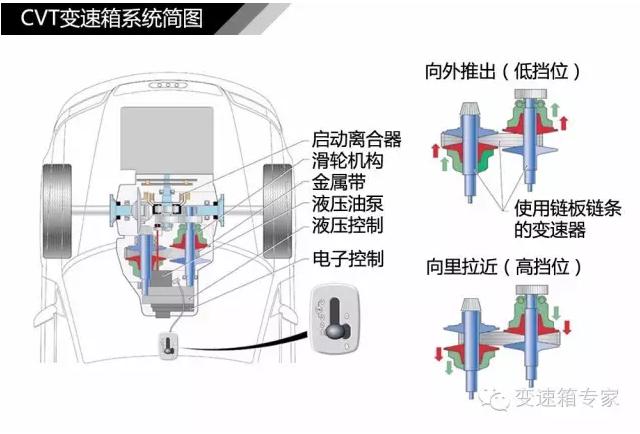
The structure and working principle of DSG automatic transmission
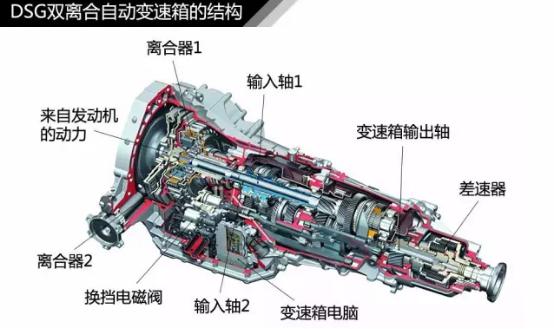
When shifting the car manually, there is a temporary interruption of power transmission between the clutch and the clutch during shifting.
This has little effect on the average civilian car, but it can greatly affect the performance of racing cars. Double clutch gearbox can eliminate the interruption of power transmission during shift, shorten the shift time, and shift more smoothly.
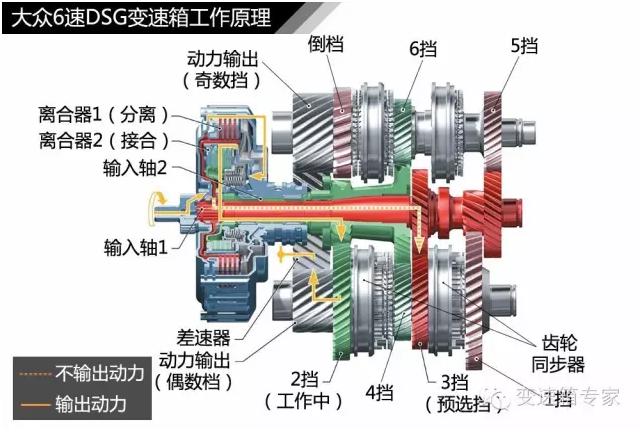
Working principle diagram of Volkswagen 6 speed DSG double clutch transmission
As can be seen from the diagram above, two clutches and transmissions are assembled in the same mechanism, one of which is clutch (1) for 1, 3, 5 and reverse gear, and the other clutch (2) is responsible for hanging 2, 4, 6 gears.
When the driver hangs the 1 gear to start, the shift fork simultaneously hangs the 1 gear and the 2 gear, but the clutch 1 combines with the clutch 2 to separate the power, and the power drives the power through the 1 gear gear, and the 2 gear gear is idle. When the driver changes to the 2 gear, the shifting fork simultaneously hangs the 2 gear and the 3 gear; the clutch 1 is separated; the clutch 2 is combined; the power is output through the 2 gear gear; the 3 gear gear is idle.
The switching modes of the other gears are similar. This solves the problem of power transmission interruption in the gear shifting process.
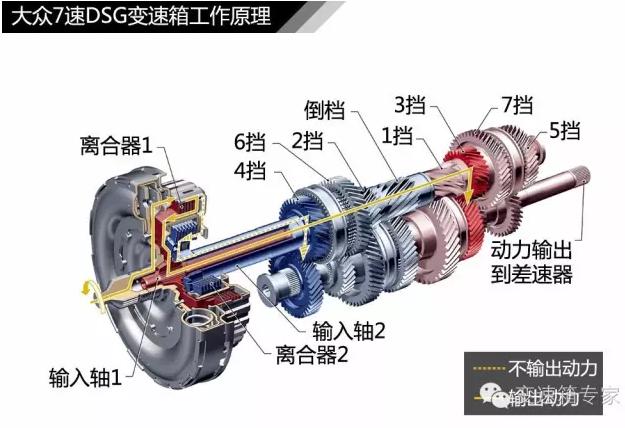
Working principle diagram of Volkswagen 7 speed DSG double clutch transmission
Volkswagen 7 speed DSG dual clutch gearbox, its working principle similar to the 6 speed. The clutch 1 is responsible for controlling 1, 3, 5, and 7 gears; the clutch 2 is responsible for controlling 2, 4, 6, and reverse gears.

The principle diagram of the Volkswagen 6 speed DSG dual clutch gearbox clearly illustrates the drive principle of the double clutch transmission.
Finally, to remind you, the above is only AT, CVT, DSG, the three automatic transmission of the principle of analysis.
